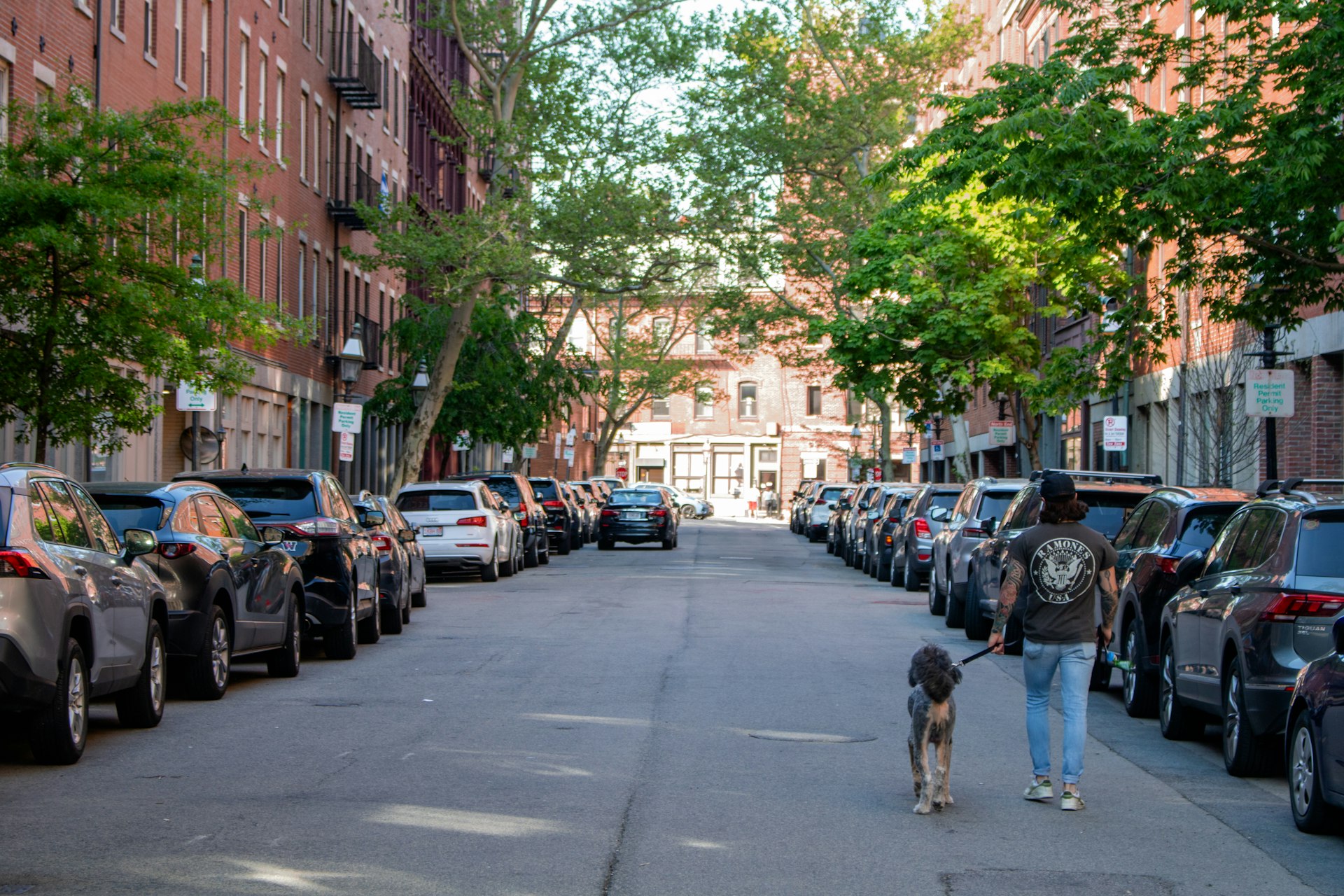Adaptive Reuse: The New Era of Commercial-to-Residential Conversions
Introduction: The Rise of Adaptive Reuse in Urban Real Estate
In 2025, adaptive reuse -specifically the conversion of commercial office spaces into residential units-has emerged as a defining trend in urban development. The shift is driven by persistent office vacancies, the demand for downtown housing, and cities seeking new ways to revitalize their cores. According to CBRE, 73 office conversion projects were completed in the U.S. in 2024, with 309 more planned or underway. This year, a record-breaking 70,700 apartment units are expected to result from office conversions-a dramatic increase from just 23,100 in 2022 [2] , [3] . The transformation is not just about new housing; it’s about sustainability, economic renewal, and innovative mixed-use communities.
Key Trends Driving Commercial-to-Residential Conversions
Mixed-Use Integration
Developers are increasingly blending residential units with retail, coworking, and recreational spaces. Projects now often include ground-floor shops, cultural venues, and flexible amenities to boost both financial performance and community engagement. For instance, the SoMA redevelopment at 25 Water Street in Manhattan features 1,320 residential units alongside extensive amenities and a 35-year affordability-linked tax abatement, demonstrating how scale and creativity can unlock conversion potential [1] . In Chicago, the 30 N LaSalle St. project will convert 432,000 square feet into 432 apartments, with 130 set aside as affordable housing [4] .
Sustainability and ESG Integration
Sustainability is central to many recent conversions. Developers are investing in net-zero retrofits, smart systems, and passive design elements that align with ESG (Environmental, Social, and Governance) goals. Such upgrades lower operational costs and improve long-term asset viability, while also appealing to socially conscious investors and residents. Cities are encouraging these practices by offering financial incentives for projects that incorporate green technologies or affordable units. New York City, for example, provides tax exemptions of up to 90% for conversions that include at least 25% affordable housing [3] .
Flexible Living Models
Hybrid living models are rising, where residential units can flex between long-term rentals and short-term corporate housing. This trend reflects changing lifestyles and workplace patterns, with more Americans seeking flexibility in both work and living arrangements. By offering adaptable lease terms and amenities that cater to remote workers, developers can capture a broader market segment and increase occupancy rates [1] .
Market Growth and Geographic Hotspots
The rapid growth in conversions is evident in major U.S. metros. Leading cities include:
- New York, NY: 8,310 units in development
- Washington, D.C.: 6,533 units underway
- Los Angeles, CA: 4,388 units planned
- Chicago, IL: 3,606 units, with office-to-apartment conversions making up 54% of local adaptive reuse projects
- Dallas, TX: over 2,720 units, accounting for 79% of local reuse projects
Locations with high office vacancy rates and strong housing demand-such as Atlanta, Denver, Phoenix, the Bay Area, and Seattle-are also identified as prime candidates for future conversions [2] .
Accessing Incentives and Navigating Regulations
Many cities are simplifying conversion processes and offering attractive incentives to developers and property owners. These may include:
- Tax Abatements: Washington, D.C.’s “Housing in Downtown” program provides 20-year abatements for eligible conversions [3] .
- Fast-Track Permitting: Some local governments have created expedited permitting pathways for adaptive reuse projects.
- Affordable Housing Mandates: Inclusion of affordable units can unlock additional tax benefits and grant funding.
To access these opportunities:
- Consult your local city planning or housing department for current programs and application requirements.
- Search for relevant terms such as “office-to-residential conversion incentives,” “adaptive reuse tax abatement,” and “affordable housing grants” on official municipal websites.
- Engage with local economic development councils to identify additional funding or technical assistance.
- Work with experienced architects, engineers, and legal advisors to navigate zoning, building codes, and regulatory hurdles that may affect conversion feasibility.
Implementation: Step-by-Step Guidance for Developers and Investors
For those considering an office-to-residential conversion, a systematic approach is essential:
- Feasibility Assessment: Analyze the property’s location, structure, and market demand. Consider the suitability of the building for conversion-age, layout, and access to natural light are critical factors.
- Financial Modeling: Develop a detailed pro forma including acquisition costs, construction, incentives, and projected rents. Factor in available tax abatements and grants.
- Design and Planning: Collaborate with architects to maximize unit livability and market appeal. Integrate mixed-use and sustainability features to boost long-term value.
- Permitting and Compliance: Work with local authorities to secure necessary permits, variances, and approvals. Stay informed about evolving regulations that may impact conversion timelines and costs.
- Construction and Marketing: Oversee renovations with attention to quality, efficiency, and compliance. Launch targeted marketing campaigns to attract renters, especially those seeking flexible lease options and community-oriented amenities.
Potential challenges include financing gaps, complex zoning requirements, and unforeseen structural issues. Solutions often include partnering with local agencies, leveraging public-private funding sources, and engaging stakeholders early to address design and community concerns.
Alternative Approaches and Future Outlook
While office-to-residential is the dominant trend, adaptive reuse extends to former retail, industrial, and institutional properties. Developers may consider converting old malls, warehouses, or schools, particularly in areas with less office inventory but similar market dynamics. The choice of asset type will depend on local demand, physical suitability, and available incentives.
The outlook for commercial-to-residential conversion remains strong for 2025, driven by favorable market conditions, expanding regulatory support, and growing institutional investor interest. However, experts caution that this window is finite, and the opportunity may wane as office vacancies normalize and regulatory priorities shift [2] . Staying agile and informed will be key to capitalizing on the current wave of adaptive reuse.

Photo by Brian J. Tromp on Unsplash
How to Get Started
Anyone interested in pursuing adaptive reuse should:
- Research local incentives and regulatory frameworks via official city or county websites
- Contact municipal planning departments or housing agencies for guidance and program details
- Network with experienced developers and industry groups to learn from recent case studies
- Consider engaging professional consultants for market analysis, design, and permitting support
If you’re seeking financing or project partnerships, many cities host regular information sessions and offer resource guides-search “adaptive reuse development seminar” or “office conversion workshop” in your area.
References
- [1] Callan (2025). 2025 Office Conversions: Issues for Institutional Investors.
- [2] YieldPro (2025). Office oversupply and housing undersupply: Double bull’s eye.
- [3] BDC Network (2025). Office-to-residential conversions hit record high in 2025.
- [4] RentCafe (2025). Office to Apartment Conversions to Peak at 71K Units in 2025.
MORE FROM moneysaversearch.com













